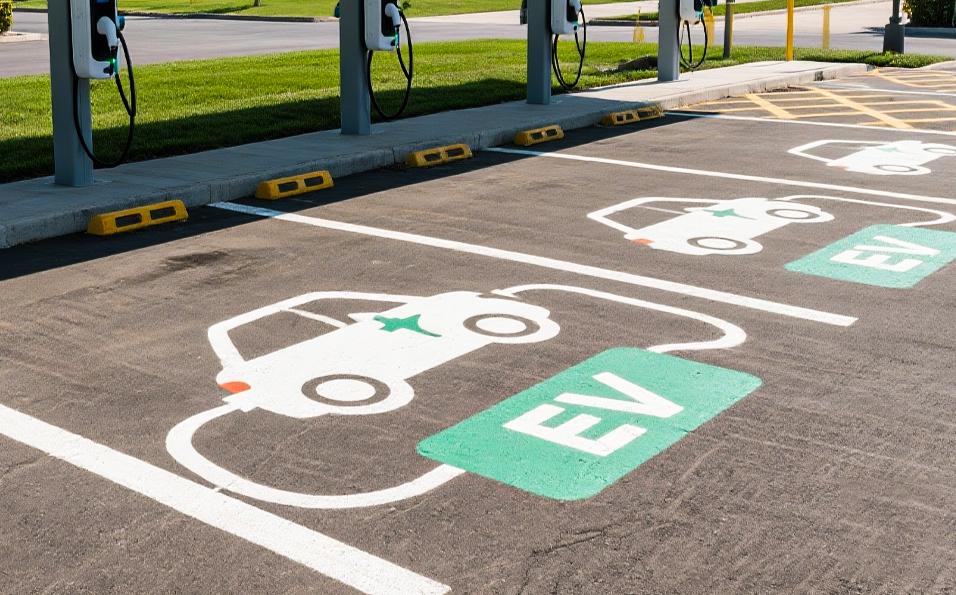As electric vehicles (EVs) rapidly gain ground across Europe, the European Union is accelerating policy efforts to promote home charger standardization. This initiative is not only designed to encourage EV adoption but also to support the EU’s long-term energy transition and independence goals.
1. EU Policy Background
The EU’s Green Mobility Strategy and the Alternative Fuels Infrastructure Regulation (AFIR) mandate that member states significantly expand charging coverage by 2030, especially in residential and workplace locations. The key elements of these policies include:
✅Unified connectors: Type 2 AC connectors and CCS DC connectors have been established as the European standard to ensure compatibility.
✅Standardized power levels: 11kW and 22kW AC home chargers are promoted as common standards, supporting better grid planning and management.
✅Safety and installation regulations: All chargers must comply with EU CE certification and the Low Voltage Directive, ensuring safety and reliability.
✅The ultimate goal is to create a cross-border compatible, scalable, and cost-efficient charging market.
2. Impact on Consumers
✅Right to access: Regulations require that new or renovated residential buildings be pre-equipped with charging infrastructure, ensuring future EV owners are not restricted by a lack of access.
✅Financial incentives: Many governments aligned with EU directives offer subsidies or tax credits to reduce upfront installation costs.
✅Long-term savings: Through smart metering and time-of-use tariffs, policies enable consumers to charge during off-peak hours, lowering annual electricity expenses.
3. Impact on Industry and Market
✅Cost reduction through standardization: By eliminating technical fragmentation across member states, EU policies allow manufacturers to scale production and reduce costs.
✅Driving energy transition: Standardized home chargers create the foundation for advanced solutions like bidirectional charging (V2G), supporting renewable energy integration.
✅Boosting local industries: EU legislation encourages local manufacturing and certification, generating jobs and investment in the clean mobility sector.

4. Long-Term Significance and Challenges
✅The rollout of these policies extends beyond EV charging convenience; it directly supports Europe’s broader energy and climate goals:
✅Carbon neutrality: Standardization accelerates EV adoption, a vital step toward the EU’s 2050 net-zero emissions target.
✅Grid load management: Smart charging regulations mitigate risks of local grid overload by balancing demand.
✅Challenges remain: Older residential areas still face high grid upgrade costs, and member states vary in implementation speed and financial support levels.
📌5. Conclusion
The EU’s home charger standardization policies are reshaping the EV charging landscape. By combining legislation with financial incentives, Europe is building a unified charging ecosystem that spans households, workplaces, and public spaces. This not only accelerates EV adoption but also strengthens Europe’s green energy transition and energy independence.



